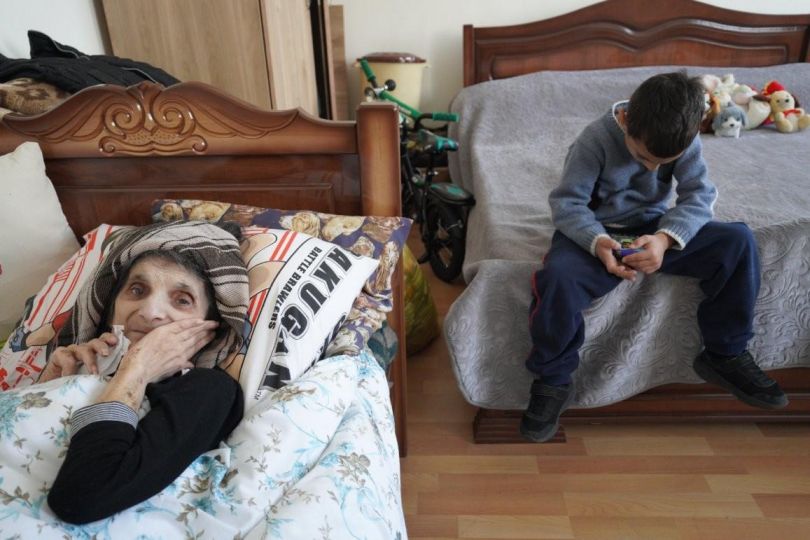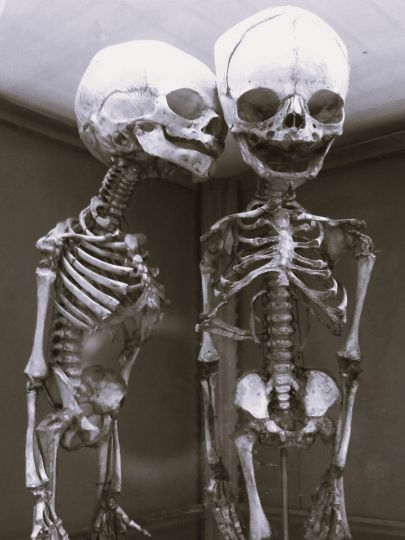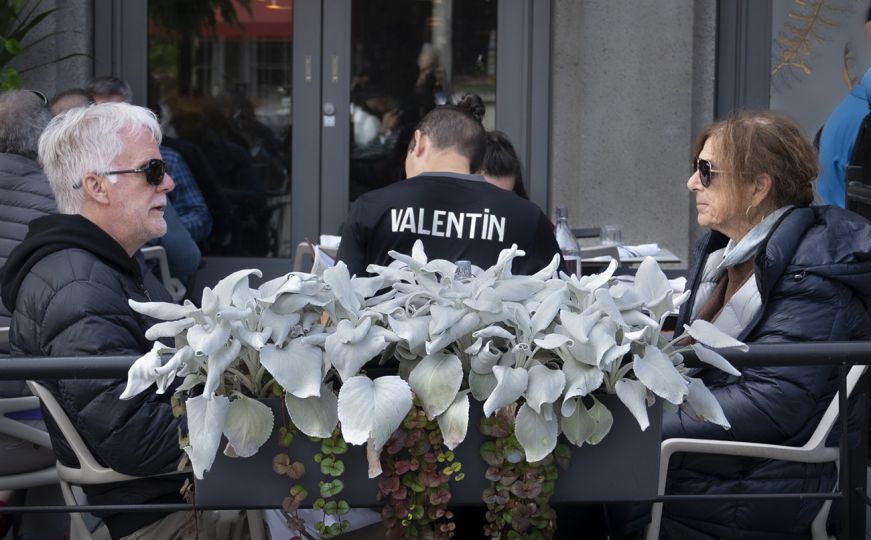The making of objects by hand is a large part of my personal history. Whether that is the product of DNA or early childhood experiences – or a bit of both – it is deeply connected to my family’s Ohio farm and its workshop full of tools. From my earliest recollection, this space has captured my imagination. It has been inhabited over the years by my great-grandfather, my grandfather, my father, and someday this space, as well as its treasure trove of hand tools, will become mine.
Fed by my personal history, my passion for photography has included a comprehensive look into its past. It has led me to build cameras, design portable darkrooms, and explore 19th-century methods of image production. It is no coincidence that this work involves concepts and materials that connect the tools and technologies of photography’s past with the concerns of our contemporary culture.
My life as an artist centers on the idea that my work is engaged in a “conversation with history”.
36 Exposures:
In the piece 36 Exposures, I used 35mm film canisters discarded by my “Introduction to Photography” students as the metal base to hold their collodion tintype portraits. I employed this labor-intensive, 19th-century photographic process to make the students’ portraits on the very film canisters that played a crucial role in their initial understanding of photography. The entire series is housed in a mahogany display case, which I designed and built to reference and reinterpret the history of photographic display. The canisters and the process I used in this piece speak of my fascination with the evolving nature of photography, representation, and culture.
Traces:
I was born in Yuma Arizona in 1980. By the time I was an adult the Arizona desert was far from that once documented by Timothy O’Sullivan. Never have I known this landscape without roads, homes, buildings or urban sprawl. This notion of land untouched by the hand of man is so foreign it might as well be make-‐believe. As long as people have been in the American West, we have found its barren desert landscapes to be an environment perfect for dumping and forgetting.
The deserts of the West also have special significance in the history of photography. I have explored this landscape with an awareness of the photographers who have come before me, and this awareness has led me to pay close attention to the traces left behind by others. For this body of work, I collect discarded cans from the desert floor, some over four decades old, which have earned a deep reddish-‐brown, rusty patina. This patina is the evidence of light and time, the two main components inherent in the very nature of photography. I use these objects to speak of human involvement with this landscape and create images on their surfaces through a labor-‐intensive 19th century photographic process known as wet-‐plate collodion. The result is an object that has history as an artifact and an image that ties it to its location. These cans are the relics of the advancement of our culture, and become sculptural support to what they have witnessed
I was born in Yuma Arizona in 1980. By the time I was an adult the Arizona desert was far from that once documented by Timothy O’Sullivan. Never have I known this landscape without roads, homes, buildings or urban sprawl. This notion of land untouched by the hand of man is so foreign it might as well be make-believe. As long as people have been in the American West, we have found its barren desert landscapes to be an environment perfect for dumping and forgetting.
The deserts of the West also have special significance in the history of photography. I have explored this landscape with an awareness of the photographers who have come before me, and this awareness has led me to pay close attention to the traces left behind by others. For this body of work, I collect discarded cans from the desert floor, some over four decades old, which have earned a deep reddish-brown, rusty patina. This patina is the evidence of light and time, the two main components inherent in the very nature of photography. I use these objects to speak of human involvement with this landscape and create images on their surfaces through a labor-intensive 19th century photographic process known as wet-plate collodion. The result is an object that has history as an artifact and an image that ties it to its location. These cans are the relics of the advancement of our culture, and become sculptural support to what they have witnessed.
David Emitt Adams
















